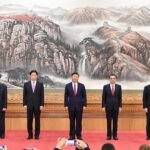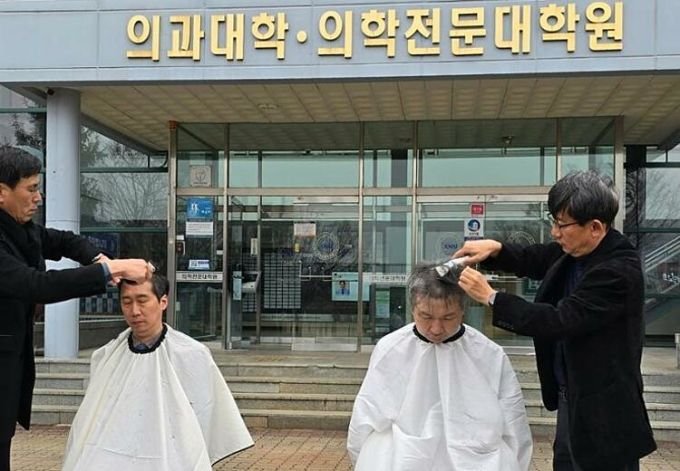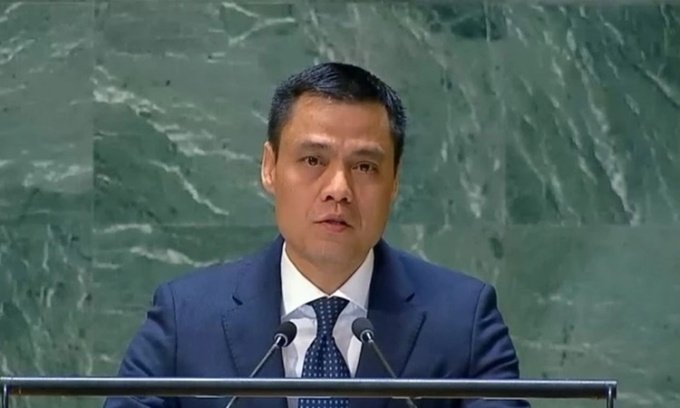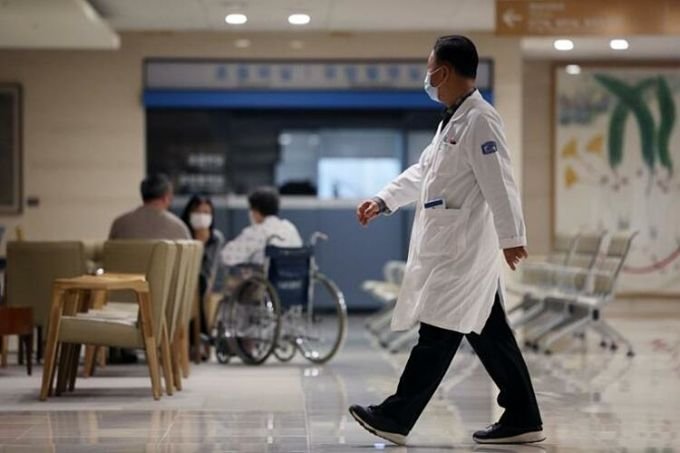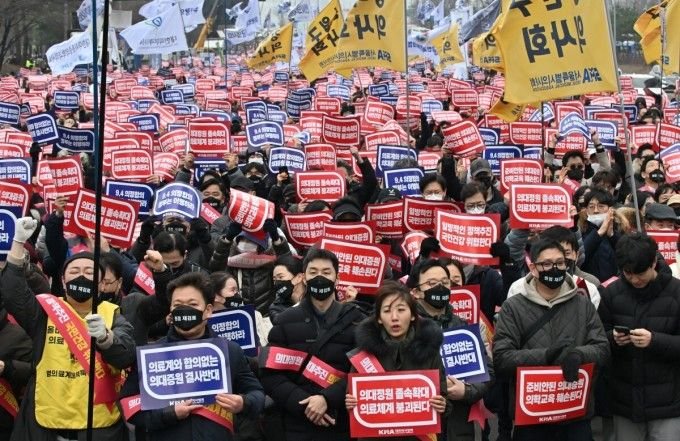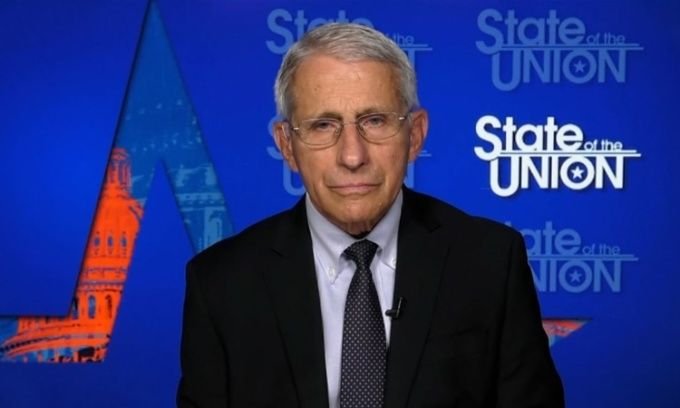South Korea plans to enroll an additional 2,000 students into medical schools from 2025, and the government recently collected requests from schools to determine their enrollment needs.
`According to the results compiled by the Ministry of Education on school enrollment targets, 40 universities have applied to recruit a total of 3,401 additional students,` said Korean Deputy Health Minister Park Min-soo today.
This number is significantly higher than the 2,847 additional recruitment quotas that medical schools nationwide wanted in last year’s survey.
According to officials, 13 medical schools in Seoul have applied to recruit 930 more students.
The announcement about additional recruitment quotas for medical schools was made when about 9,000 Korean resident doctors, equivalent to 70% of the country’s resident doctors, have quit their jobs since February 20, leading to many surgeries.
About 10 medical school professors at Kangwon National University in Chuncheon city, Gangwon province, 76 km east of Seoul, today decided to shave their heads to protest the school’s request to increase enrollment quotas.
`Many professors expressed opposition to increasing enrollment quotas, but the school made the opposite decision,` said Ryu Se-min, head of Kangwon National University’s medical school.
Kangwon National University medical school professors shaved their heads on March 5 to protest the school’s increased enrollment quota.
Medical school professors in other areas announced their intention to resign or submitted resignation letters.
At Kyungpook National University Hospital in Daegu city, a surgery professor expressed his intention to resign on social networks, and criticized the government for threatening resident doctors with a strike.
The South Korean government says increasing medical school students is necessary because the country has the lowest ratio of doctors to population in developed countries.
The ratio of doctors in Korea is an average of 2.6 per 1,000 people, the lowest among countries belonging to the Organization for Economic Cooperation and Development (OECD).
But contrary to the government’s view, resident doctors say the country does not need more doctors because there are enough, and increasing enrollment will reduce the quality of training as well as medical examination and treatment services, arguing that
Resident doctors also believe that the government needs to address their working conditions before considering increasing the number of medical staff.
They believe that this situation can only be improved by recruiting more experienced doctors, not by increasing the number of students and newly graduated doctors.
Meanwhile, some Korean officials believe that resident doctors are on a collective strike because they are concerned that the plan to increase medical school enrollment will lead to increased competition, affecting income as well as social status.
Korean public opinion and many other medical organizations support the plan to increase medical school enrollment quotas.
But supporters also emphasize that the plan to increase doctors will only be effective when accompanied by measures to improve the status of the public health system, admitting that medical marketization is one of the main causes.

